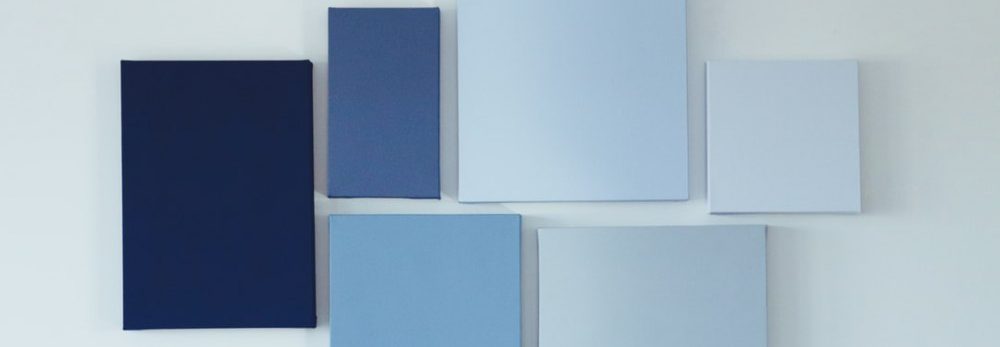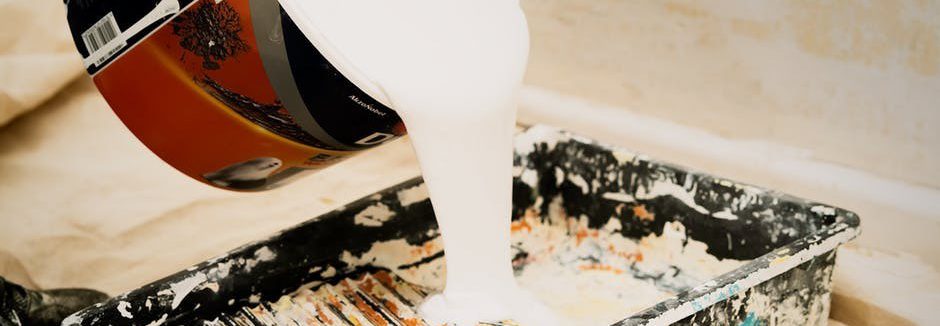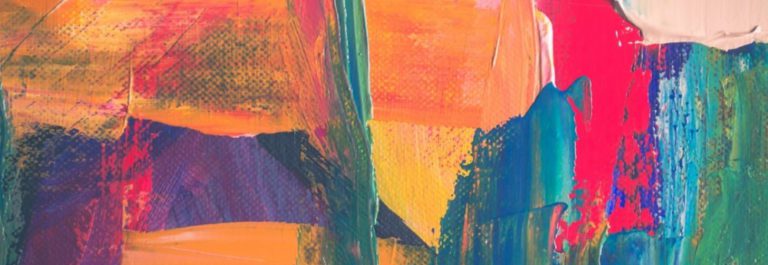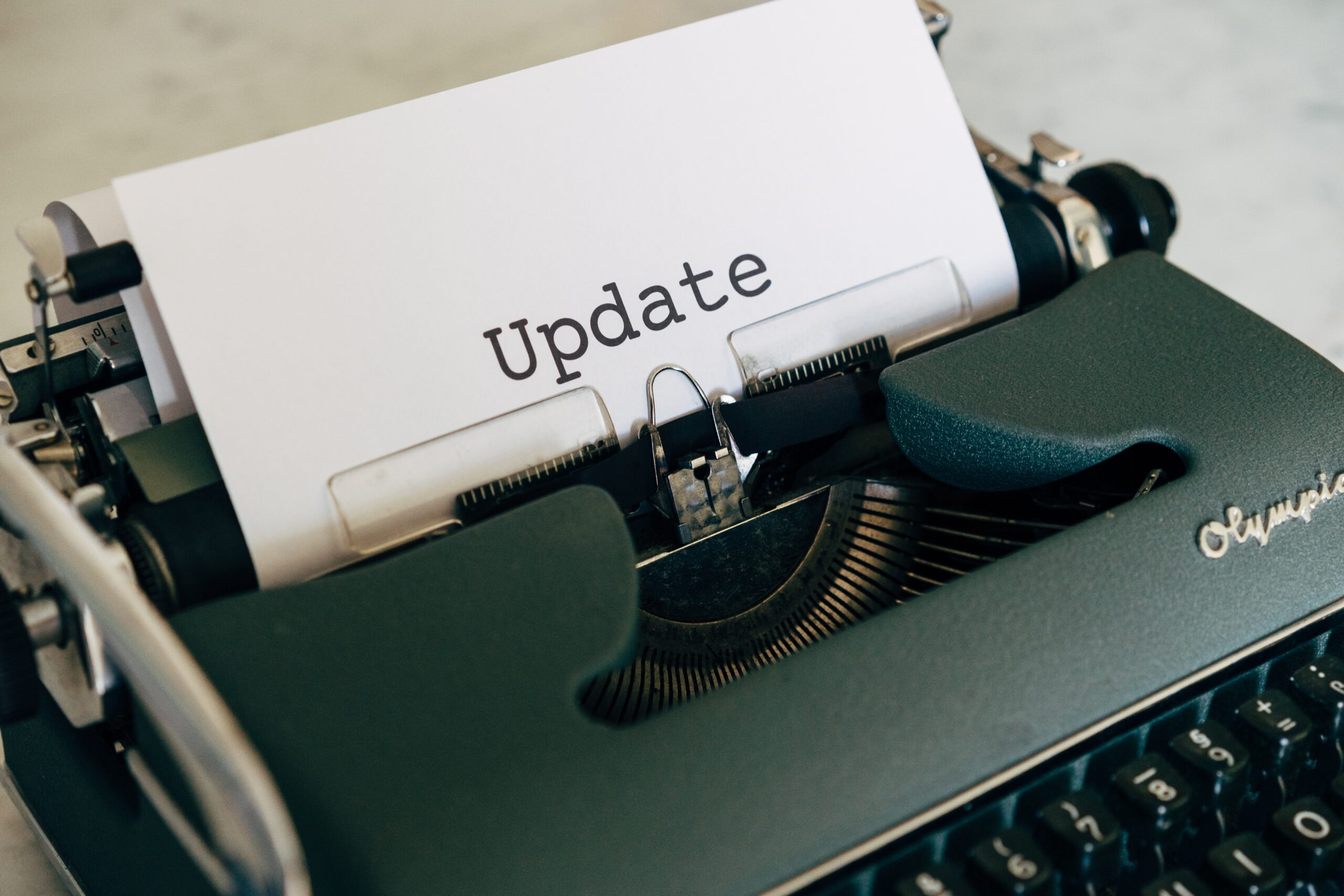
As I’ve mentioned again and again in the past, oil painting may seem like a complicated and daunting medium to work with, but once you actually try and get to know it better, you’ll realise that it’s just like any other medium. They have different types of surfaces, just like watercolours; they have various types of brushes, just like acrylics; and they also have different brands of paint for the same colours, just like different brands of colour pencils. You may be worried about harmful chemicals, but there are plenty of safer alternatives out there. Don’t be afraid of oil painting! Just give it a go and you’ll definitely enjoy it, if not, at least you tried it out!
In this post, I will be talking about the different types of canvas and surfaces out there for oil painting. I will also talk about the importance of priming the surface for oil painting and how I do it.

Canvases
Linen and Cotten
You’re probably most familiar to the canvas as a painting surface for oil painting. There are mainly 2 types of materials the canvases are made of Linen and cotton. Cotton canvases are softer and less expensive than linen canvases. Linen canvases are usually more expensive, however, they are usually of better quality, stronger and very durable, so it can last longer than cotton.
Stretched canvas
Stretched canvas has a piece of canvas stretched tightly over wooden frames, also known as stretcher bars. It’s a pretty popular form of surface for oil and acrylic painting. Take note not to put too much pressure onto the painting area of the canvas as you may stretch the canvas surface and end up with a dent. Stretched canvases also comes in different depths.
Canvas panels
A canvas panel has a piece of canvas over a solid board. So they are much thinner and occupies less space compared to stretched canvases of the same surface size. It’s also less expensive compared to stretched canvas. It is sturdier than stretched canvas since the canvas is resting on hardboard. I like the feel of canvas panels better but I think most people prefer stretched canvases for more formal work or for exhibition works.
Canvas pads
Canvas pads are just pieces of canvas paper. They usually come in a pad, like a sketchbook. It’s good for practising on and also very affordable. It’s usually a good idea to give the paper a good support like a hardboard or tabletop when painting on it.
Canvas rolls
Canvas rolls are usually big rolls of uncut canvas. You can cut them to your desired size. They are pretty cheap compared to the other options too. Since it comes in a roll you may find it slightly bent and curves, so you may need to tape it down on a support. These are good for practices too. You can use canvas pads or canvas rolls to make your own stretched canvas or canvas panels by stretching it over stretcher bars or hardboards. However, most beginners just buy already stretched canvases. I can’t really be bothered making my own canvases so I just buy the already made ones.

Other types of surfaces
Apart from the more popular canvas surfaces, there are other types of surfaces you can try out and experiment on.
Hardboard
Hardboards are really hard boards made of hardwood like wood from an oak or walnut tree etc. They are very hard, like canvas panels. The surfaces of hardboards are very smooth, so it will feel very different from painting on canvas. It is also more easy to move your paint around. It is important that your hardboards are primed properly, if unprimed, the oil paint can seep into the wood and causing it to rot and colour quickly.
Cardboard
This can be considered the cheapest option so far if you are really tight on money. Any kind of cardboard can be used as oil painting surfaces as long as they are primed with gesso. So if you have any unused, empty boxes that are reasonably hard, you can prime it and paint on it. This is a great and cheap way for you to do practices or experiments on. This way you can use your money on better canvases only when you’re planning on a more finished painting or for display.

Priming a canvas/ surface
Why
Your canvas or surfaces may or may not be pre-primed when you bought it. If it’s not primed, it is important that you do so. Priming a canvas means painting a layer or 2 of white acrylic, or gesso, over the painting surface. The layers of gesso act as a protective layer between the surface and the oil paint to prevent the chemicals from the oil painting seeping through and causing it to rot, thus making the painting last longer and more archival. Another reason to prime your canvases is that canvas surfaces can be very absorbent, so it will absorb your oil paints and you will need to use more paint to cover the surface. Priming your canvases can also make your surfaces smoother to paint on.
I will show you how I prime my canvases and surfaces below.
How
What you’ll need:
- gesso paint
- large paintbrush or sponge brush
- your canvas or surface
- a plate or something to rest your brushes
- sandpaper
I usually have 2 layers of gesso on my surfaces. I first paint the surface with a layer of gesso in one direction, making sure that the whole area is evenly covered. Then, I wait for it to dry. I then paint the second layer in the opposite direction to how I painted the first layer. After it’s dried, I lightly sand the surface with a piece of sandpaper to smooth out the surface alitte. Be careful not to sand too hard or you’ll just end up sanding your primed layers away.
So these are some of the different types of canvases and surfaces for oil painting. Whichever one you decide to use, make sure that the surface is properly primed. I hope you’ve learnt something new from this post. Now that you’ve understood the basics of surfaces for oil painting, you should try out the different surfaces and see if there’s one that you prefer.
I’ve made more posts on oil painting if you are interested in them please click here. I will be making more tutorials and tips on oil painting to help beginner artists get started in oil painting.
I hope you’ve enjoyed reading this post.
You may also be interested in:





4 Responses
Hi Mary. Thanks for all the information. I didn’t realise there were quite so many types of canvas out there! Looks like I’m going to have to try out a few new ones which is going to be a lot of fun. Do you have a favourite type or one that you think is best for beginners? Thanks a lot
Hi! I think for beginners you probably wouldn’t want to mess around with priming and stretching canvases. I think canvas panels or stretched canvases can be a good start, preferably pre-primed.
Hello
Very nice article for those who love painting
From a young age we tend to paint everywhere up to the walls, at an early age 🙂
Very important information is that we need to prefetch the surface we want to process
The preparation options you mentioned are very important before we start painting.
Canvas rolls you mentioned can be used on the wall?
The materials you mentioned are from certainly harmless chemicals and we have to take them seriously.
Thanks for sharing it.
Thanks! Yes, canvas rolls can be hung on a wall. But you might want to frame it first.